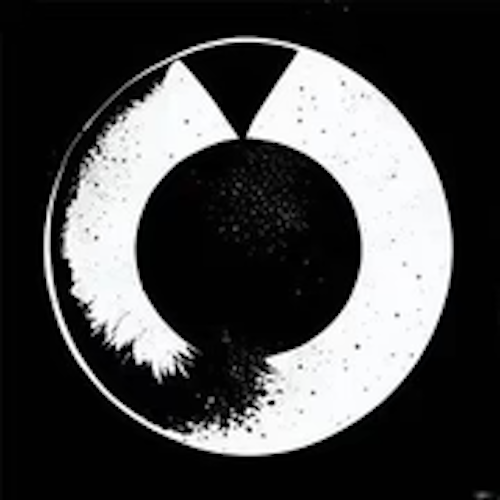Your Ultimate Guide to 3D Printing: SLA vs. FDM
Share
When it comes to advanced design and manufacturing, 3D printing technology is at the forefront. At Technast, we specialize in creating intricate futuristic 3D printed objects for high-end retail and scientific use. This blog will guide you through two of the most common 3D printing technologies: Stereolithography (SLA) and Fused Deposition Modeling (FDM).
Understanding SLA and FDM
Before diving into the differences between SLA and FDM, it's crucial to understand what they are. SLA is a 3D printing method that uses a UV laser to cure and harden liquid resin layer by layer. FDM, on the other hand, utilizes a heated nozzle that melts and extrudes thermoplastic filament.
The Differences Between SLA and FDM
- Resolution: SLA has a higher resolution than FDM, making it suitable for intricate designs like our jewelry prototyping which includes resin prints and cast-ready prep.
- Material options: FDM offers a wider variety of material options compared to SLA.
- Speed: FDM printers are generally faster than SLA printers when printing large, solid objects.
- Cost: FDM is typically cheaper than SLA due to lower material and maintenance costs.
Choosing between these two methods depends on your specific needs. Here at Technast, serving Canada especially Toronto, Mississauga, and GTA, we offer both options to give you the best possible result.
Technast: Your Partner in Advanced Design and Manufacturing
At Technast, we're known for our advanced design, luxury biomorphic style, and fast, professional service. We also offer super-fast repair of automation systems including capping, labeling, and filling machines. Our license plate frames are fully customizable and glow-in-the-dark, and we develop native mobile apps and integrate AI and IoT for custom workflows.
If you're interested in 3D printing or any of our other services, contact us today!
